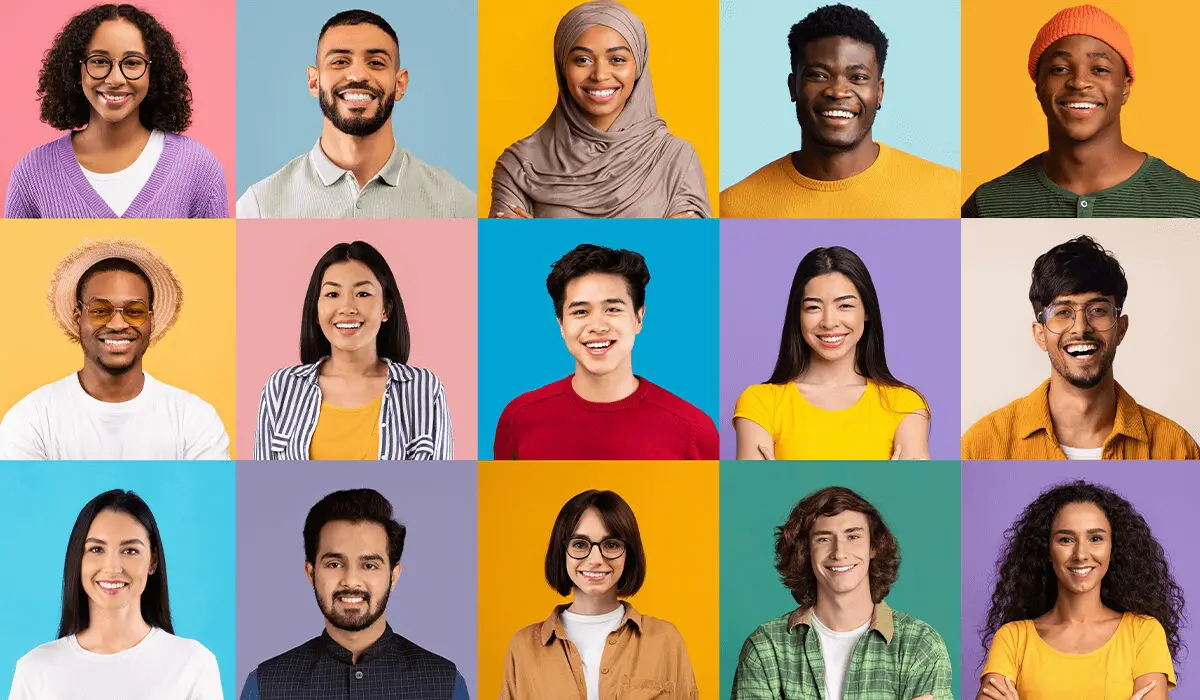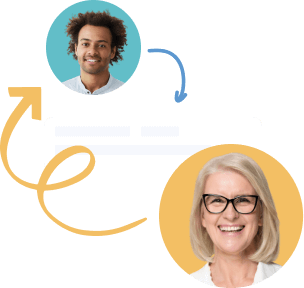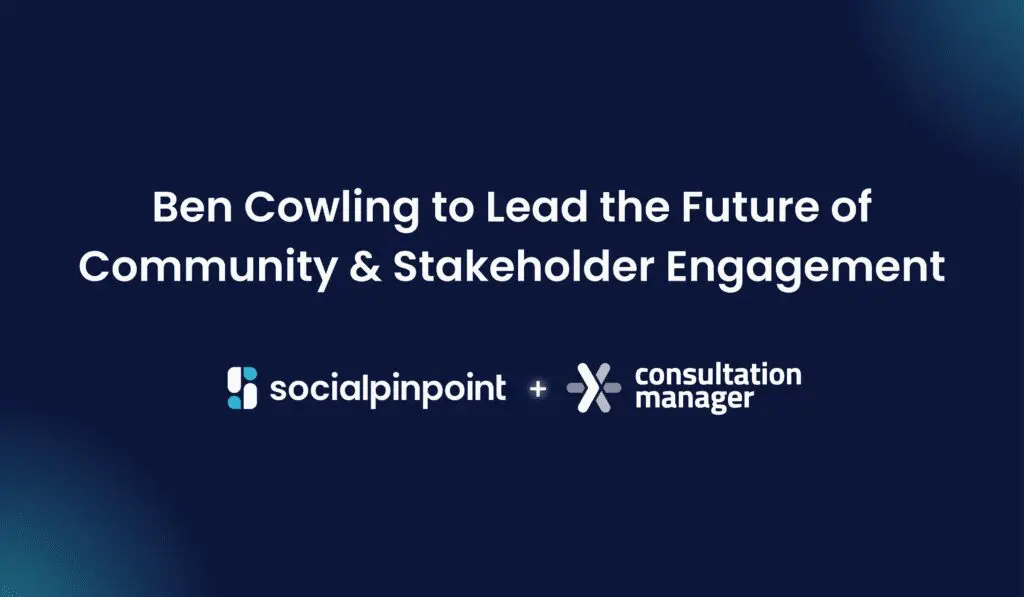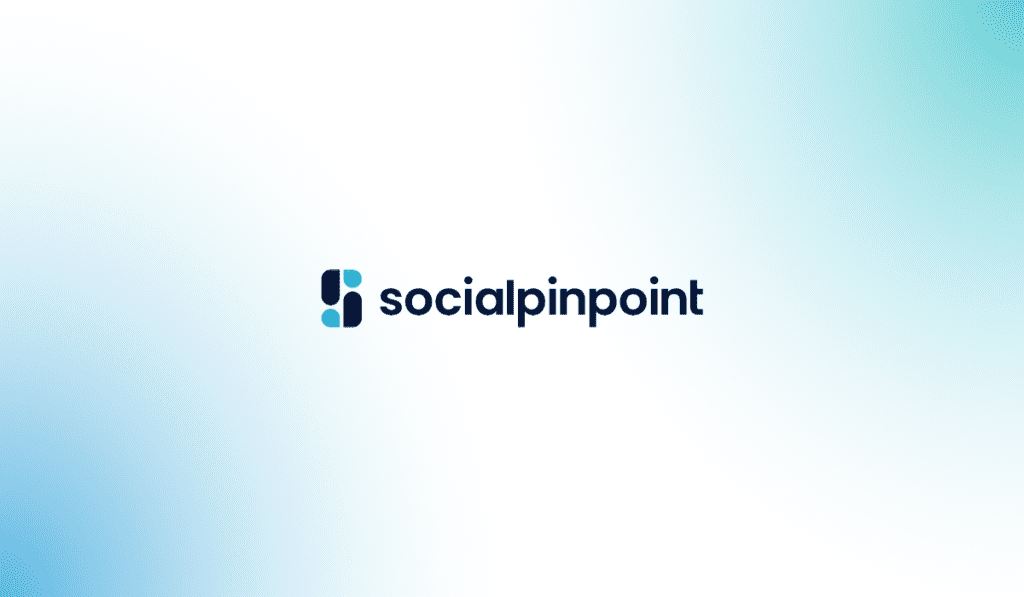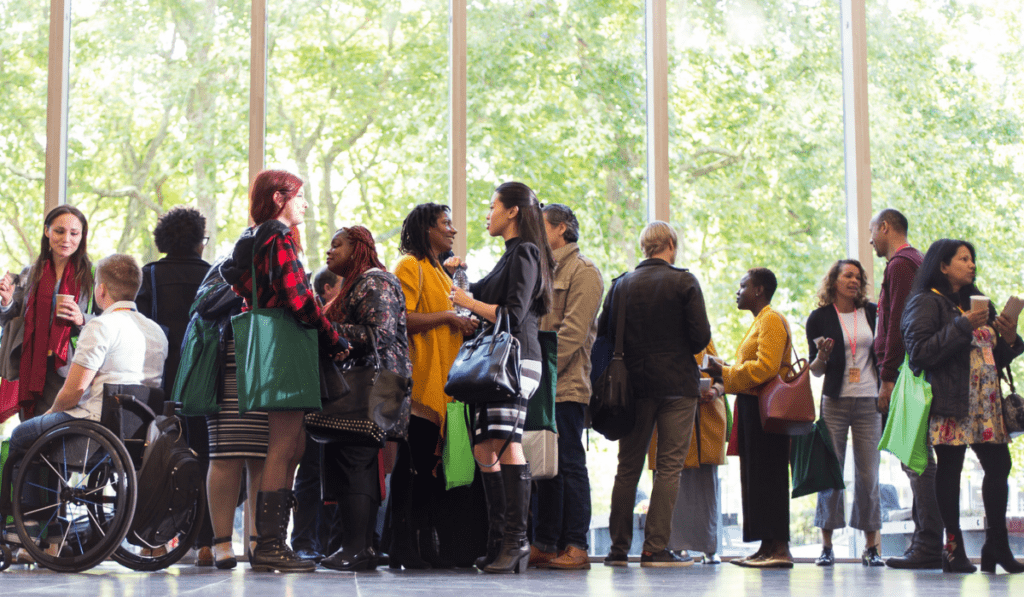When we create new plans and policies, we hope to drive positive change in our communities. In essence, our interventions should push the community in a positive direction and diverse representation in the decision-making process can help to ensure that no one gets left behind.
Acknowledging that diversity affects decision-making is essential, but if you want to realize the full value of any new plan or policy, then it’s important that diverse groups of people are represented. When we represent different identities and traits, such as race, gender, ethnicity, socioeconomic status, culture, and (dis)ability during solution design, we’re more likely to deliver the best outcomes.
In this article, we’ll explore three benefits of diversity in community engagement:
- Diversity can help groups to analyze the facts more clearly.
- Diversity creates clarity on the real problems.
- Diverse representation pulls us all forward.
1. Diversity can help groups to analyze the facts more carefully.
A lot has already been written about the importance of diversity and inclusion in the workplace and it could be valuable to extend this thinking into the community setting.
According to HBR, working with people who are different from you can challenge your brain to overcome its “stale” ways of thinking and sharpen its performance. Diverse teams are more likely to be aware of their weaknessess, process information carefully, reexamine facts, and remain objective.
While they may feel less confident in their decisions, they are more likely to come to the correct conclusions. They also encourage greater scrutiny of each other’s actions, keeping their joint cognitive resources sharp and vigilant.
For example, in a series of experiments conducted in Texas and Singapore, scientists put financially literate people in simulated markets and asked them to price stocks. Individuals who were a part of diverse teams were 58% more likely to price stocks correctly, whereas those in homogenous teams were more prone to pricing errors.
An analysis by Cloverpop of 600 business decisions made by 200 different business teams in a wide variety of companies over two years further supports the case for diversity.
- All-male teams made better decisions 58% of the time
- Gender-diverse teams made better decisions 73% of the time.
- Teams that also include a wide range of ages and different geographic locations make better business decisions 87% of the time.

The community setting has even more diversity than the typical workplace. So, it’s important to think about how we can capture feedback from as many different community members as possible if we want to make thoughtful, people-led decisions.
This also means that your community engagement needs to be intentional. A well-structured community engagement plan that identifies each stakeholder group to ensure messaging is appropriate and relevant will instantly increase the value of your project to diverse community members.
2. Diversity creates clarity on the real problems.
It’s impossible to solve problems for the community unless you understand its pain points.
When we think about enhancing the community experience to respond to their pain points, we can look to UX design as inspiration. You see, solving user problems is the ultimate goal of UX design and we can use the same principles when we think about the community experience.
Great UX puts users at the center of decision-making and so should community planning. We have to know who our citizens are, listen to their feedback, and use our ability to empathize with them in order to understand their real problems.
If we don’t put diverse groups of people at the center of this process, then it’s impossible to create solutions that benefit as many people as possible.
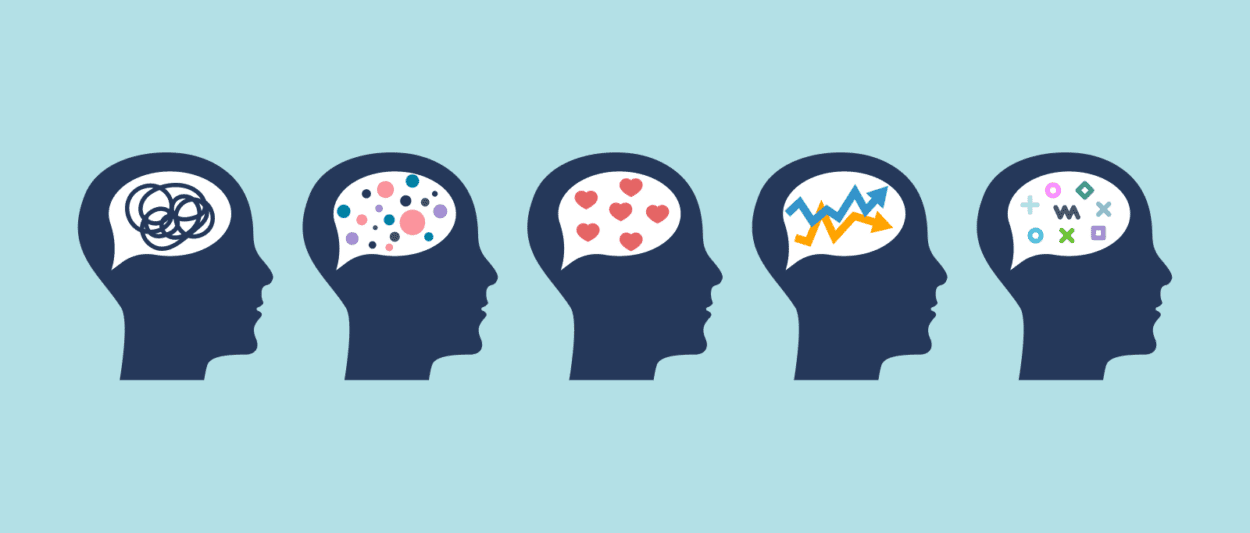
According to Dave Gray’s book, Liminal Thinking, in order to create positive change, we have to first understand that our beliefs are imperfect representations of a complex, multidimensional, unknowable reality.
Once we acknowledge any gaps in our own lived experiences, we’re able to ask better questions about other people’s beliefs and realities, look at situations from different points of view and make better sense of the problems to solve in community planning.
So, ultimately, by understanding diverse community perspectives you can ensure that project outcomes better reflect the needs of everyone. However, if you aren’t actively seeking these perspectives, then you are truly affecting the decision-making process as your diversity of feedback could be lacking.
3. Diverse representation pulls us all forward.
Without diversity in community engagement, we will only see a problem through the majority group’s lens. That means that some groups of people will get ahead, while others will get left behind in many aspects of wellbeing.
For example, Dallas City Hall invited citizens to provide their input into The ForwardDallas Land Use update. In order to get community members from as many walks of life participating as possible, the team helped people to understand how everything in their neighborhood influences their life.
The educational content on the dedicated online community engagement page explains how land use decisions can create spatial inequity, touching on the need for diverse and inclusive planning going forward.
“Where you live can affect your quality of life, including access to schools & jobs, your mental & physical health, and how safe you feel in your community. In Dallas, old policies, programs, and methods of decision-making have contributed to location-based disparities, also known as spatial inequity. Throughout Dallas’ history, public transportation, housing loans, development investments, and even utilities like broadband internet have not been equally distributed among neighborhoods. Discrimination based on a communities’ race, ethnicity, and socioeconomic status has perpetually shaped our city. Today, we see evidence of these location-based inequities from neighborhoods that are full of obstacles that stand in the way of residents’ safety, success, and health, to other neighborhoods that are brimming with opportunities.
Land use is one of the many layers that can contribute to spatial inequity. Just like a novel consisting of many pages, other layers that contribute to spatial inequity include local governance/politics, cultural values, and economic structure to name a few.
Historically, people of color, low-income communities, and immigrants have been left out of the planning processes. With ForwardDallas, the city wants to learn and plan with ALL communities. By telling us about the type of city you would like to live in, you are helping to develop a clear vision for how the city should be developed in a way that offers improved quality of life and opportunity to every community and neighborhood within the city.”

Xiaoqi Feng and Thomas Astell-Burt also recently conducted a review of studies from around the world about how green spaces in our cities can reduce loneliness. While two-thirds of the studies they reviewed found that green space potentially protected people against loneliness, the benefits of social connection and health aren’t always universally felt. Inequities in the quality of green space can arise if diverse community members aren’t consulted.
Many studies reported that some people with disabilities, who are already vulnerable to loneliness, face significant barriers to visiting green spaces and may feel “out of place” within them.
The creation or regeneration of green spaces in communities can also be associated with disempowerment and dispossession, by making nearby housing less affordable. They include an example of “green-gentrification” which has priced out longtime East Boston residents, citing a carbon-neutral housing development that has been a source of well-being for some but created loneliness for others.
While trade-offs are inherent in any difficult decision, involving diverse community members from all walks of life helps us to generate measured solutions that meet a wider set of needs.
Hard decisions have to be made to create a better future.
Diversity in community engagement brings us closer to the real problems in public life, allowing us to arrive at better solutions. It exposes us to new ideas, pushes group-decision making out of autopilot, and enables us to evaluate “the facts” more thoroughly.
